March 11, 2025 (also known as Noam Day in our house since 2006)
Our dear friends, Harriet and Shelly highly recommended this tour, as they did it a couple of years ago, with a guide named Paulo, the only Jewish certified tour guide in Lisbon. When I went to book, I found out that his tours book up sometimes months in advance, and there was no space for the dates we were available.
We were fortunate their other guide, Daniel, was available. While not Jewish himself, he was extremely knowledgeable and we learned so much from him. We did not cover a lot of physical ground from a sightseeing perspective, but it was really a masterclass in the role of the Jewish Community through the history of the land that is now called Portugal.
The Jewish presence in the Iberian Peninsula can be traced back over 2000 years to pre-Roman times, although there have been several waves of arrivals, departures, and then returns at other times over the last two millennia.
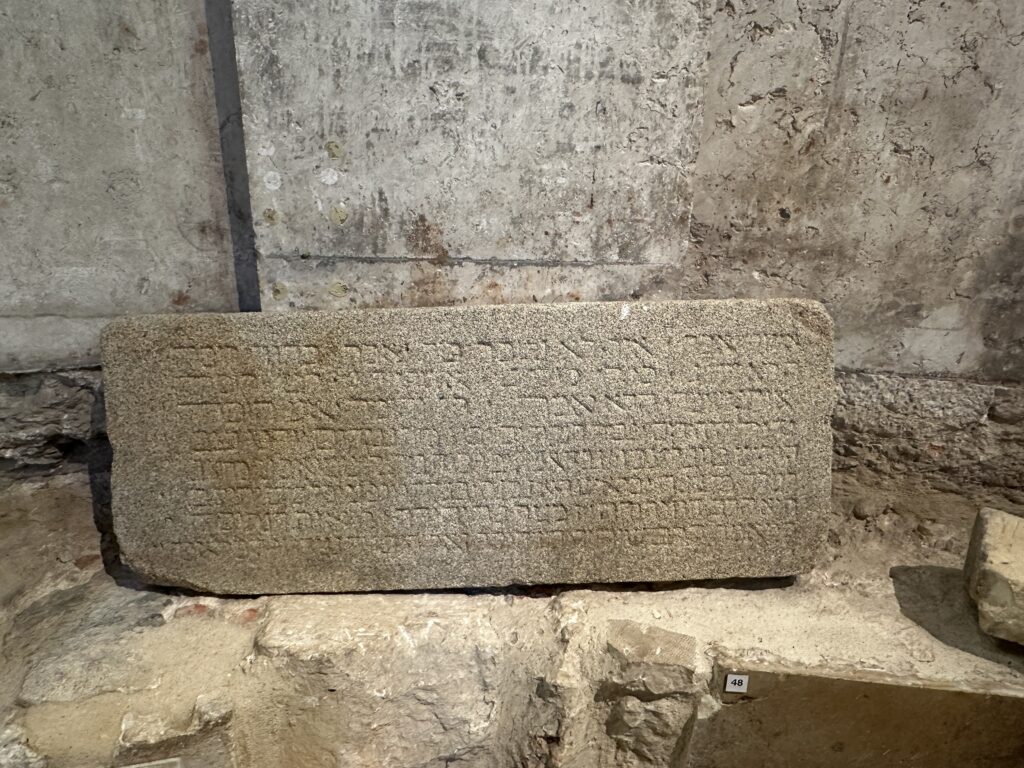
In general, the Jewish Communities in Europe were able to survive due to several important factors: literacy, numeracy, resiliency, multilingualism, and risk tolerance. In Portugal in particular, many Jews basically existed as a middle class at a time when a middle class did not really exist. They were not really allowed entry to the aristocracy, but because of their particular skill set, they were often found in places of influence as advisors, physicians, treasurers, or navigators to the elite class.
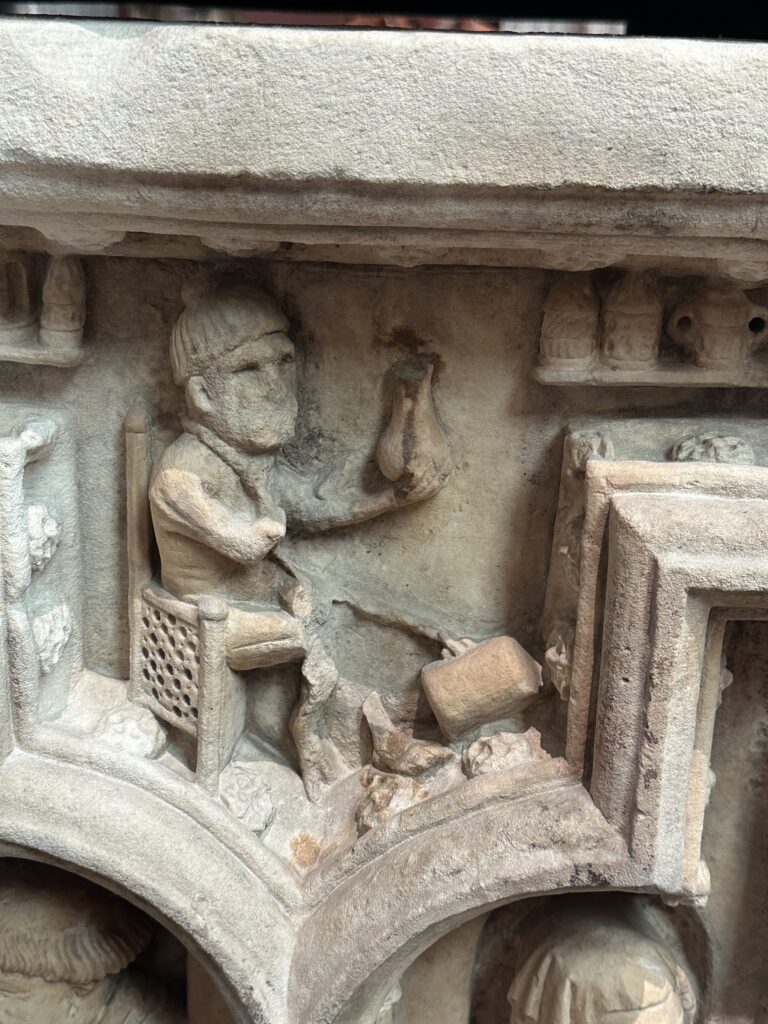
Most Jews were merchants and deeply connected to the trading of commodities of all kinds. For example, when the sea channels were opened up by the Portuguese explorers, Jews were at the forefront of moving spices and other goods and bringing them to market.
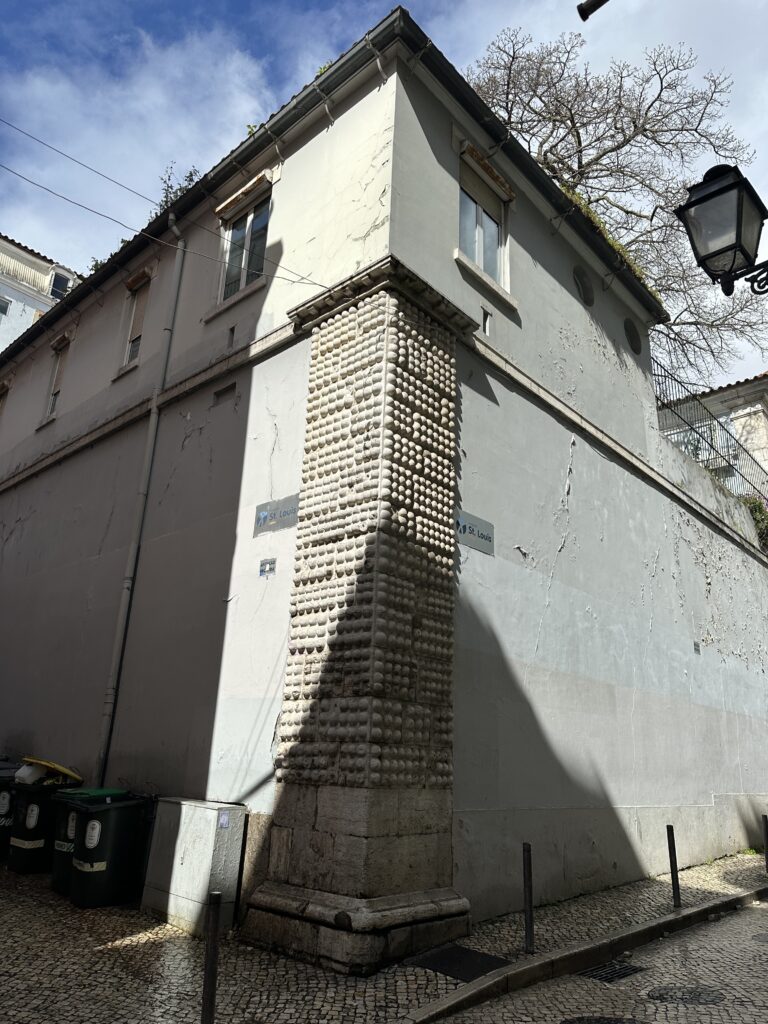

Generally, the Jewish community thrived under the Portuguese royalty, under Muslim rule, and at first, under the Catholic Monarchs, by being helpful to whomever was in charge. As merchants, they were able to maintain financial independence, operating outside the system, but still contributing taxes to the ruling power. They had skills the rulers needed and could pay people in high places for protection if it became necessary. Their situation changed radically at the end of the 15th century with the fall of the last Islamic Kingdom. The new Catholic Monarchy were more extreme. In 1492, the Jews of Spain were told to either convert or be expelled. In 1496, when King Manuel I married the daughter of the Spanish King to cement their alliance, Portugal had to follow suit and issue the same ultimatum. Of course, even though thousands of Jews were converted, the new office of the inquisitor was charged with surveillance and torture of “New Christians” who were constantly under scrutiny and were often called in to name others who were secretly still practicing their faith.
In spite of this practice, Jews (New Christians) were able to put their skills to good use and tried to make their way in the church. They were not allowed to become priests, but we learned of several people who made significant contributions as New Christians, especially the Jesuit order, who similar to Judaism had a strong mandate for education. The Jewish Community members who stayed and converted assimilated into the fabric of Portuguese society. In fact, in 2008, a genetic study was done and almost 20% of the Portuguese population was thought to be of some percentage of Jewish descent.
We also know that many of those enthusiastic New Christians were actually practicing Judaism in secret, holding onto some of their most cherished traditions. As a result, when or where it was safe to do so, many Jews publicly returned to their faith, even hundreds of years later.
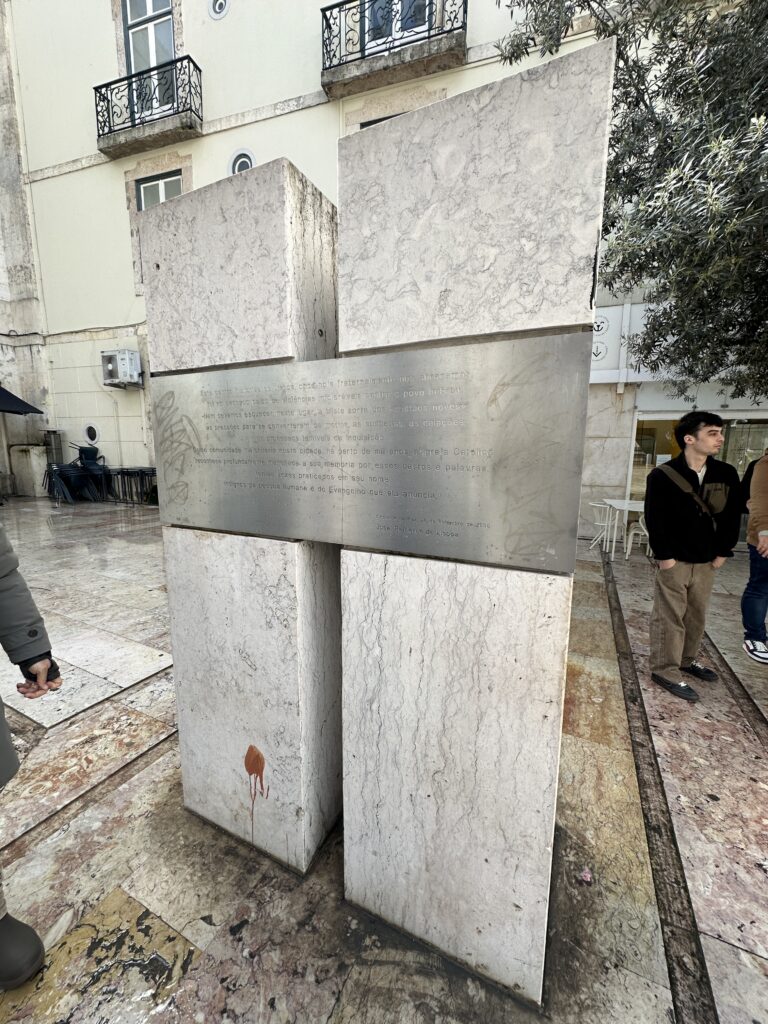

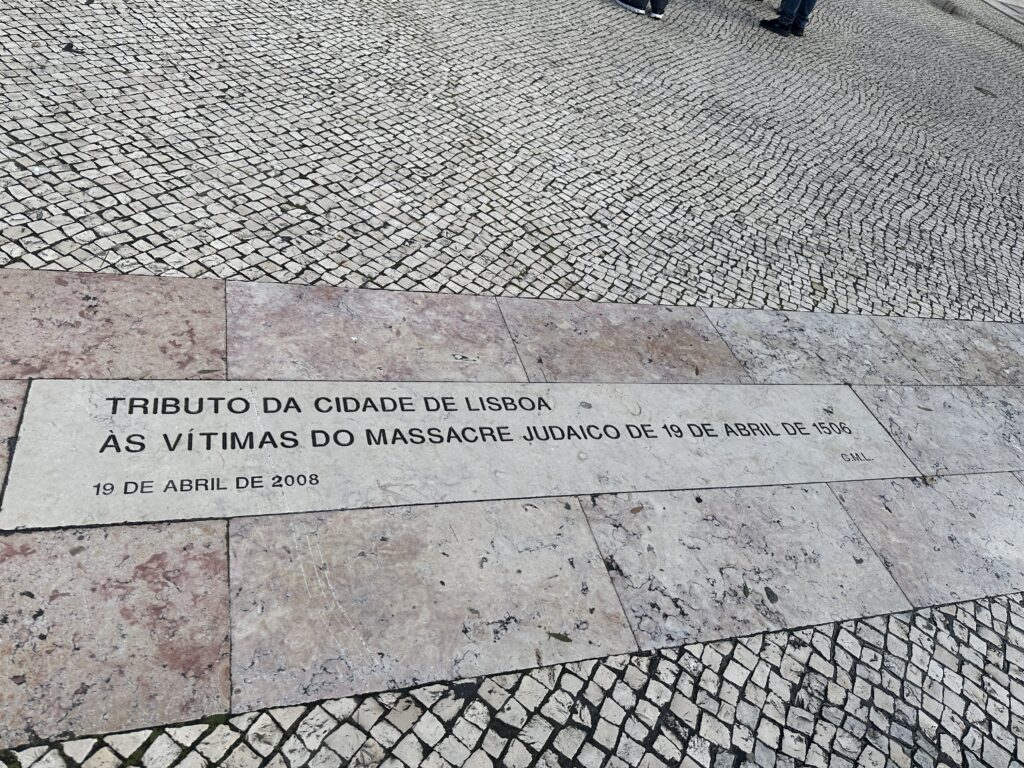
The Jewish population in Portugal had significantly dropped, but there was a synagogue built around 1904. It has been renovated a couple of times but still stands as an active synagogue today. We will actually be going there to hear the Megillah (scroll of Esther) read on the Jewish festival of Purim on the evening of March 13th (see that blog post after I have a chance to write it).
During World War II, several Portuguese diplomats secretly issued visas to help Jews escape the Nazis and occupied Europe. The most famous of these diplomats was Aristides de Sousa Mendes. As the Portuguese consul-general in Bordeaux he defied the orders of the dictator Antonio Salazar and issued visas and passports to thousands of refugees fleeing the Nazis, including thousands of Jews. When he was discovered, he was fined and removed from his post. They still continued to pay him a small, but adequate pension, but he was forcibly retired. In 1988, after the carnation revolution when his dictatorship was toppled, Sousa Mendez was vindicated. In 1966, a tree and plaque was dedicated in his honour at the Yad Vashem Holocaust memorial museum in Jerusalem as a “righteous among the nations”. In July 2024, a museum was inaugurated in his name in Cabanas de Viriato, Portugal, recognizing the fact that he saved thousands of immigrants during the war.
In addition, there is another story of an operation led by Leite Pinto, former minister of education in Salazar’s cabinet. They smuggled thousands of refugees, mostly Jews, in sealed train cars. High ranking people in the government were aware but kept it quiet. Once they arrived, several Portuguese service assistance associations, sponsored by the government, were tasked with the integration of hosting of these newcomers. Many people were hosted by regular Portuguese familes.
There has been a recent rise in the Jewish population. In April 2013, Portugal followed Spain’s lead and passed a law of return. This allowed descendants of Sephardic Jews who were expelled in the inquisition to claim Portuguese citizenship provided that they ‘belong to a Sephardic community of Portuguese origin with ties to Portugal’ without a requirement for residence. At one point the Jewish population had been reduced to a mere 600 people, but now there are an estimated five to six thousand people.
This was just a small sample of what we learned on this tour, plus some research I was prompted to do on my own after the tour. Daniel is writing a book, we will look forward to reading it when he finishes it. This was a long post so I will write about the rest of the day in another post.
